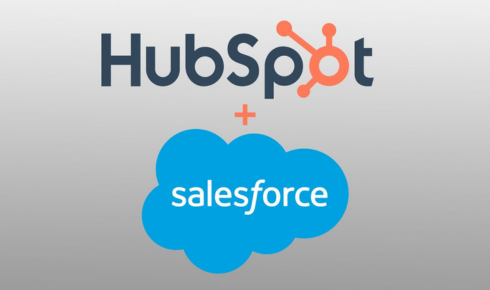When people talk about buying or selling a business, they often jump straight to the shiny headline — the sale price. But ask anyone who’s actually been through the process and you’ll quickly learn that the number on the deal sheet is just the beginning. The real puzzle lies in how that deal gets funded. Money rarely moves in one neat lump sum. Instead, there are strings, schedules, and negotiations that determine whether the transaction feels like a relief or a regret.
I’ve seen business owners who built something from scratch, pouring in years of sweat, suddenly face a wall of questions: How do you structure the payment? How much cash does the buyer actually have? And what if banks decide they’re not interested? It’s rarely a simple handshake and a check.
Seller Financing Isn’t Just for the Desperate
One of the most misunderstood approaches is seller financing for business acquisition. It sometimes gets an unfair reputation, as though only businesses in trouble would consider it. But that’s far from the truth. In reality, it’s a tool that helps both sides of the table.
Think of it this way: a buyer might be willing and capable, but no bank is rushing to lend for a quirky niche bakery or a small landscaping company. By offering to finance part of the sale yourself, you create a bridge. It doesn’t mean you’re giving your business away — you’re simply turning part of the sale into an investment that pays you back over time, often with interest. And that can be more lucrative than an upfront, discounted offer.
Of course, trust matters. You’ll want to vet your buyer carefully and lock in proper agreements. But in many cases, seller financing has been the difference between closing a deal and watching a perfectly good business languish on the market.
Loans Still Play a Big Role
Not every buyer wants to rely solely on the seller’s willingness. Banks, credit unions, and even online lenders still sit firmly in the financing ecosystem. The menu of business acquisition loan options is surprisingly diverse, though each comes with its quirks.
SBA loans, for example, are a classic choice in the United States. They’re backed by the Small Business Administration, which reduces risk for lenders and makes them more willing to finance a sale. Then there are traditional term loans, lines of credit, and even asset-backed financing if the business owns equipment or property.
But here’s the kicker: loans take time, paperwork, and patience. Lenders want to know the numbers line up, the cash flow is healthy, and the buyer isn’t a complete novice. Deals can drag while bankers comb through tax returns and balance sheets. It’s not glamorous, but it’s the route many buyers take when they’d rather not tie their fate to a seller’s ongoing trust.
The Emotional Side of Selling
Let’s be honest: selling a business is rarely just about dollars. There’s pride, legacy, and sometimes fear of letting go. And when money is tied up in financing discussions, those emotions bubble to the surface.
This is where the big question arises: how to finance selling a business without it feeling like you’re giving away your life’s work. For some, that means structuring a hybrid approach — a mix of upfront cash, a small loan, and maybe a short seller-financed period. Others lean heavily on third-party financing to step away cleanly.
The key is finding balance. You want to walk away with enough certainty that your financial future feels secure, while giving buyers a realistic chance to succeed. After all, if the new owner flops because you squeezed every penny up front, that can ripple back on your reputation — especially in local or tight-knit industries.
Creative Hybrids Are More Common Than You Think
Rarely is there a one-size-fits-all blueprint. I’ve seen deals stitched together with bank loans, personal savings, seller notes, and even outside investors pooling funds. It’s like building a patchwork quilt — messy in places, but it holds if the pieces are stitched carefully.
Sometimes, the seller agrees to finance a smaller slice of the price to complement a bank loan. Other times, buyers bring in family money or angel investors who believe in the vision. The point is, flexibility often beats rigidity. If you’re too stuck on “all cash or nothing,” you might wait far longer to sell than you’d like.
Walking Away With Clarity
Here’s the takeaway: don’t let financing be an afterthought. Too many sellers focus only on what their business is “worth” and forget that worth is only real if someone can actually pay it. Structuring the deal intelligently — with clear eyes about loans, seller financing, or blended options — can make the difference between a smooth transition and a deal that falls apart at the closing table.
















+ There are no comments
Add yours